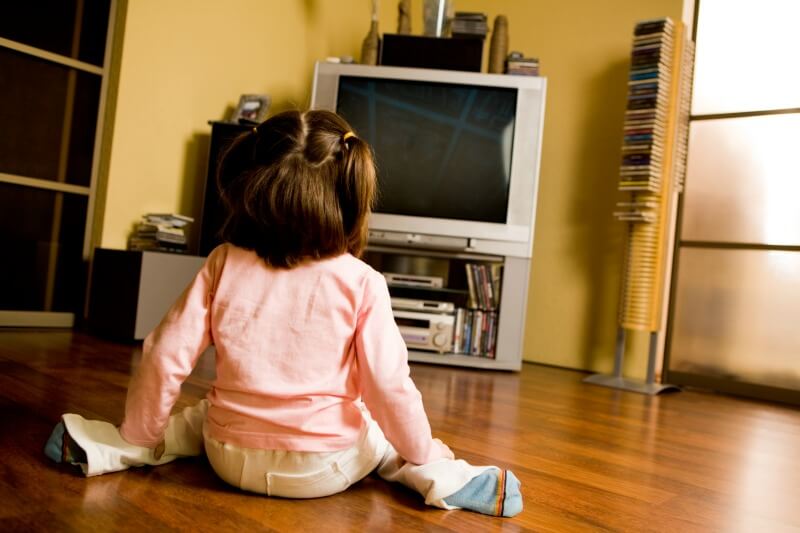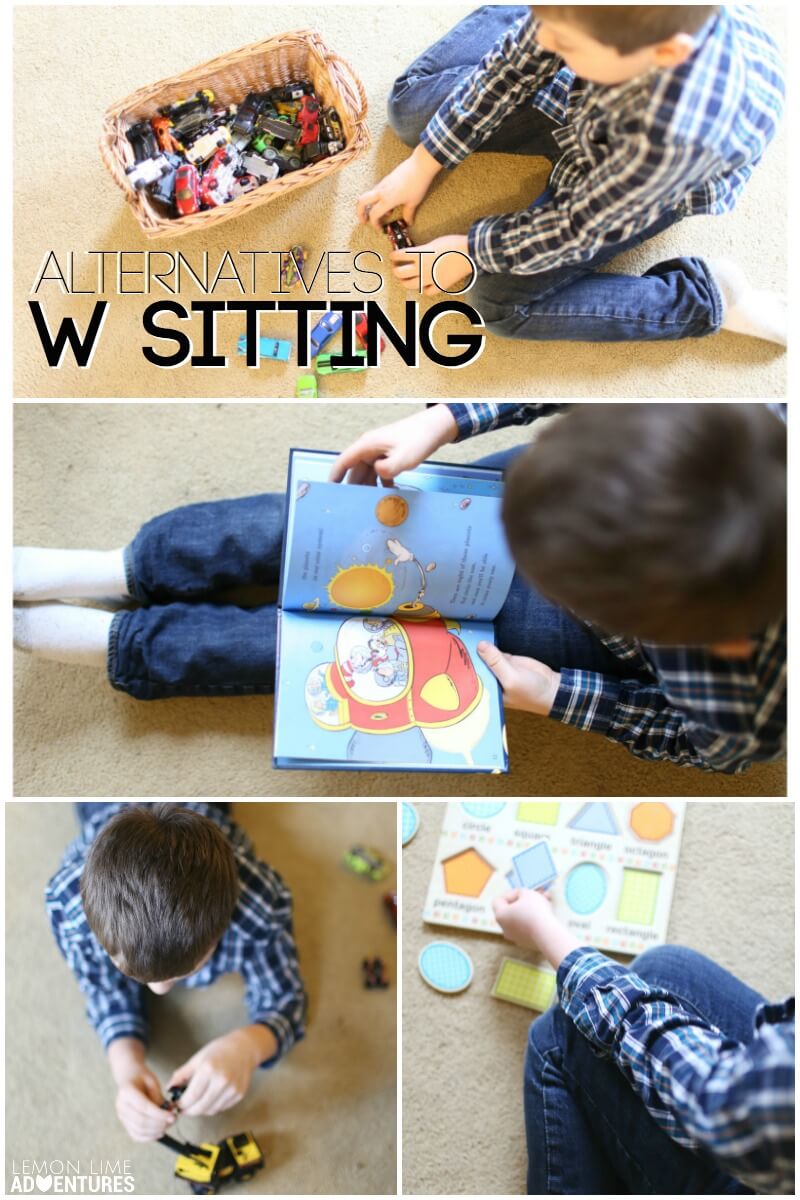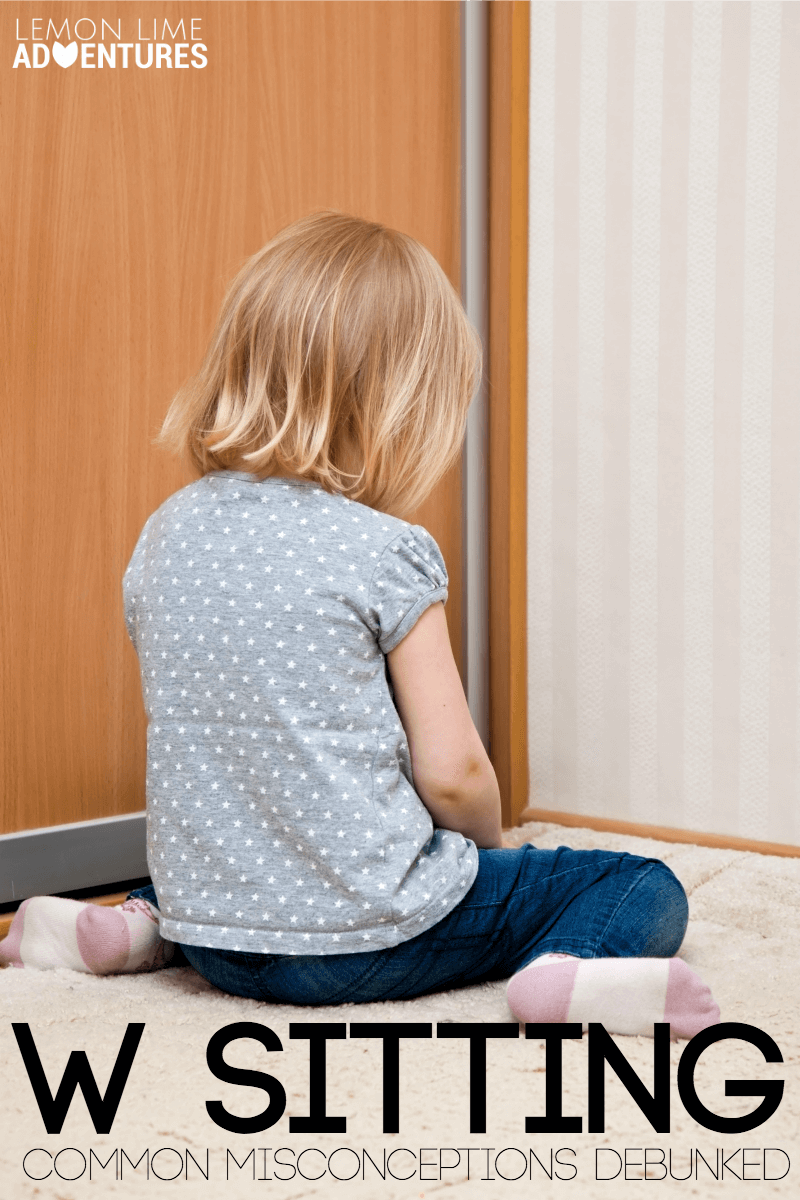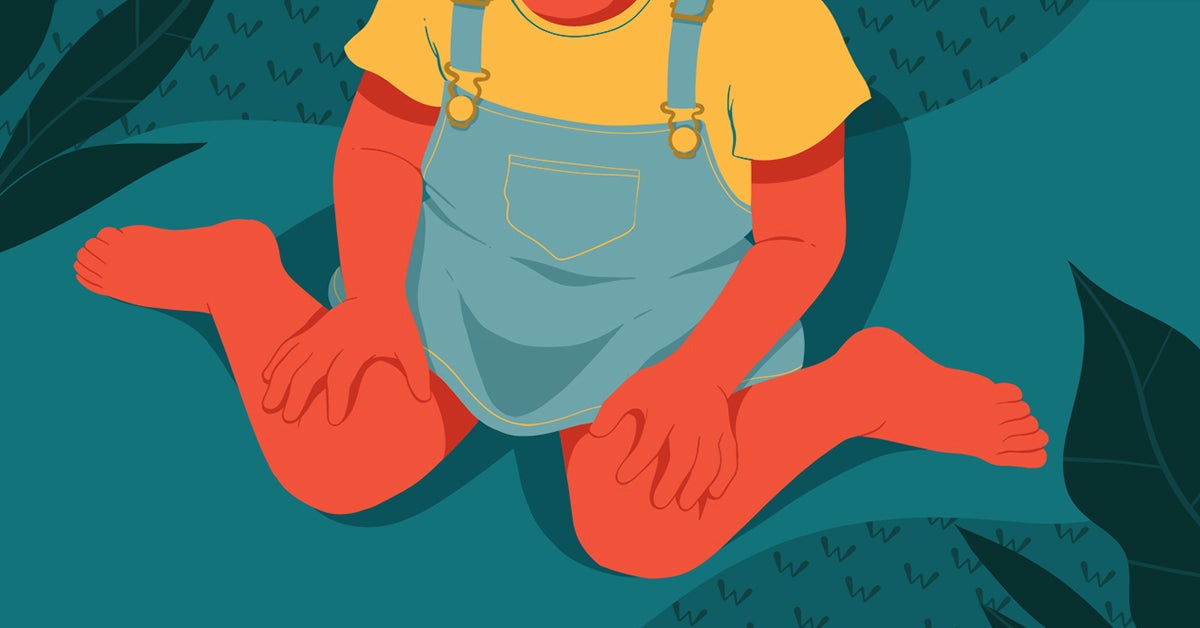W-sitting Research Articles
Hip Dislocation If a child has hip problems sitting in the W position can put strain on the hips and joints and increase the likelihood of dislocation. Put simply the perspective that we propose is that too much sitting is distinct from too little exercise.

W Sitting Explained Pre K Pages Pre K Pages Early Childhood Project Based Learning Kindergarten
Its most common to see kids ages 4 to 6 sitting in the W position.

W-sitting research articles. Today sedentary lifestyle has become omnipresent as an increasing number of individuals spend extended periods in a seated position at work as well as during leisure time Jans et al 2007. Shutterstock Search for W sitting online and youll find ominous articles warning parents against letting children sit. If a child is frequently in a W-sitting position core strength may be an issue which may lead to poor posture delayed developmental skills and overcompensation of other muscle groupsIf your child is a W-sitter there are a few things you can do to help him correct his sitting.
Prevention is the key. If you cant break the W sitting habit then dont let it be a source of angst for you or your child. Keep a watchful eye on your children or students and prevent them from forming a habit of sitting in this position.
Sitting in the W. During the Exercise regimen approximately 1 hday of sitting was replaced with cycling on an ergometer Lode Excalibur Groningen the Netherlands and supervised at the research centre. Authors study name year of publication total sitting time measure sample size age at baseline follow-up time person years confounding variables that were adjusted for in the analysis and the HR RR or OR estimates with corresponding 95 CIs for models with and without adjustment for physical activity.
Long-term W-sitting can tighten and shorten the muscles of the legs which can cause pigeon-toed walking. What is it and why should I correct it. This can also affect the childs spine curvature due to the hamstrings pull on the spine.
W-sitting can also decrease the amount of rotation of the trunk and crossing the midline of the body which is essential to development of hand dominance and refinement of motor skills. The hip rotators are also at risk of becoming tight for children who prefer W sitting. 14 thoughts on W Sitting.
Saidj et al 2015. How to Correct W-Sitting. 30 minutes a day is generally recommended.
Hadgraft et al 2015Simultaneously the prevalence of low back pain LBP has increased among office workers in general Ayanniyi et al 2010. The following data were extracted from retrieved articles. This can then impact the childs abilities in various gross-motor activities such as jumping running.
Bilateral coordination issues. Im glad I found this article. W sitting position allows for increased risk of hamstring contracting due to positioning.
W-sitting is a position that is often used by children when seated on the floor or on the ground. This last summer 14yrs old I had to go to physical therapy because naturally my feet point outwards and not straight like other people. Research on physical activity and health has pointed clearly to increasing the time that adults spend doing moderate to vigorous intensity activities.
Children sitting in a W position dont have to use their core muscles. Collins and O. However recent evidence underlines the importance of also focusing on sedentary behavioursthe high volumes of time that adults spend sitting in their remaining non-exercise waking hours.
Because no trunk rotation can take place when W-sitting a child is less inclined to reach across the body and instead picks up objects on the right with the right hand and those placed to the left with the left hand. Sitting cross legged long sitting side sitting or providing a small step to sit on are good alternatives. I sat in a W position 100 of the time when I was little and it turned into ligament issues in my knees when I got older.
Limited TrunkCore Strength The wide sitting stance of the W position makes it easier to keep the body upright. Do your best to create an environment for play that supports other ways of sitting. I have not found any research to support the concern connecting W sitting to the info stayed above.
Cassidy December 27 2015 at 642 pm. W-sitting may be a sign that your child is avoiding coordination andor independent movement on the right and left sides of the body. W-sitting can also discourage a child from developing a hand preference.
In this position a child sits on their bottom with knees bent feet tucked under and legs splayed out to each side in a W shape. The W-sitting position causes stress on the hip and knee joints which can lead to long-term postural problems and low back pain. It took years to readjust my sitting.
I sat like this when I was little from the age 4 to age 10 or 11 and after that it hurt to sit that way. Sedentary behaviors typically in the contexts of TV viewing computer and game-console use workplace sitting and time spent in automobiles have emerged as a new focus for research on physical activity and health 18 27 31-33. Muscle tightness can lead to imbalance impaired coordination and gross motor.

Is W Sitting Bad For Your Child S Development Ot Momma

Experts Reveal The Truth About When To Worry About W Sitting

Experts Reveal The Truth About When To Worry About W Sitting

Experts Reveal The Truth About When To Worry About W Sitting

W Sitting What Is It And How Can You Help Your Child Pediatric Occupational Therapy Pediatric Therapy Pediatric Physical Therapy

Experts Reveal The Truth About When To Worry About W Sitting

W Sitting Is It Really A Problem

Is W Sitting Bad For Your Child S Development Ot Momma

Experts Reveal The Truth About When To Worry About W Sitting

What Is W Sitting How To Prevent It Child Development

Occupational Therapy Infographic Sheets Chicago Occupational Therapy Occupational Therapy Kids Therapy Infographic Occupational Therapy Activities
Posting Komentar untuk "W-sitting Research Articles"